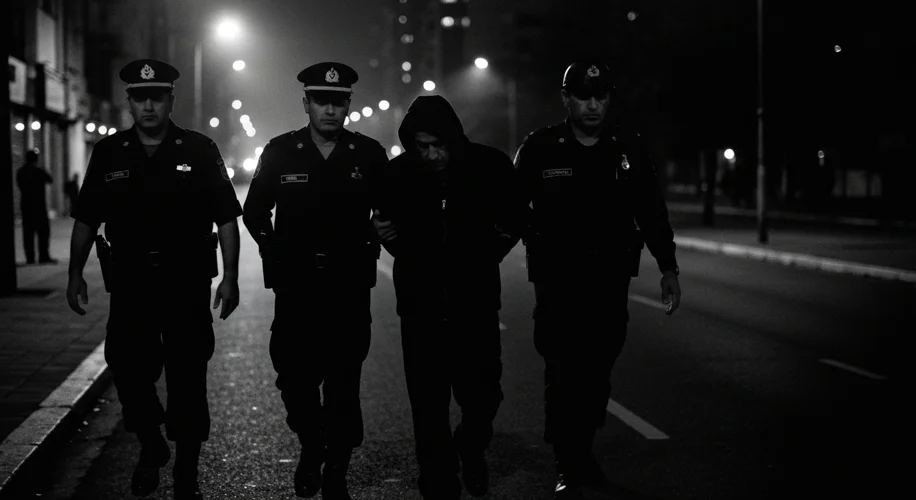The year is 1976. Argentina, a nation vibrant with culture and passion, is gripped by a chilling darkness. Under the guise of restoring order, a military junta seized power, ushering in a period that would forever be etched in infamy as the “Dirty War.” This was a state-sponsored campaign of terror, a systematic campaign of kidnapping, torture, and murder, aimed at crushing any perceived dissent. For seven agonizing years, an estimated 30,000 Argentinians vanished, their fates sealed in the clandestine torture centers and unmarked graves scattered across the country.
For decades, the full extent of external involvement remained shrouded in speculation and guarded whispers. However, recently declassified documents have begun to pull back the curtain, revealing a deeply disturbing truth: the United States government was not merely an observer, but an active participant in this brutal chapter of Argentine history.
The political climate of the 1970s was defined by the Cold War, a global ideological battle between the United States and the Soviet Union. In this high-stakes game of influence, Latin America became a crucial battleground. The US, under successive administrations, viewed any left-leaning movement with deep suspicion, fearing the spread of communism. Argentina, with its internal political turmoil and the rise of leftist guerrilla groups, was seen as a nation teetering on the brink.

Key figures emerged from the shadows of this conflict. On the Argentine side were the generals and admirals of the military junta – figures like Jorge Rafael Videla, the iron-fisted president who embodied the regime’s ruthlessness. Their objective was clear: to eradicate any perceived threat to their power, from suspected communists and union organizers to students and intellectuals. They operated with chilling efficiency, employing the infamous “Plan Cóndor,” a coordinated effort among South America’s dictatorships to eliminate political opponents across borders.
On the American side, the narrative is more complex and deeply troubling. While explicit orders for the atrocities cannot be directly attributed, the evidence points to a clear pattern of support. Declassified documents from the US State Department and intelligence agencies reveal that the US provided crucial intelligence, training, and even logistical support to the Argentine military. This included information on suspected dissidents, advice on counterinsurgency tactics that blurred the lines of human rights, and implicit approval of the junta’s methods. The Reagan administration, in particular, maintained close ties with the Argentine military, focusing on shared anti-communist objectives.
The “Dirty War” itself was a period of unspeakable horror. Families were torn apart in the dead of night as clandestine security forces, often disguised, would abduct individuals from their homes. These victims were then taken to secret detention centers, known as ESMA (Escuela de Mecánica de la Armada – the Navy School of Mechanics) being one of the most notorious. Here, they faced systematic torture, often enduring brutal methods designed to extract information or simply to break their spirit. Many were then drugged and “disappeared” – their bodies disposed of at sea or in unmarked graves to erase any trace of their existence. The infamous “death flights,” where victims were thrown from planes over the Atlantic Ocean, became a chilling symbol of the regime’s barbarity.
The consequences of the Dirty War were devastating for Argentina. A generation was traumatized, families were left with gaping wounds of uncertainty and loss, and the nation’s democratic institutions were severely damaged. The economic and social fabric of the country was strained under the weight of repression and corruption. The international community, initially slow to respond, eventually condemned the regime, but the damage was already profound.
The revelations of US involvement cast a long and somber shadow over this period. They raise critical questions about the ethics of foreign policy, the selective application of human rights principles in the name of national security, and the long-term consequences of supporting authoritarian regimes. The documented complicity of the US government in providing support, even if indirectly, to a regime that engaged in widespread state terrorism, forces a re-examination of a pivotal era in both Argentine and American history. It underscores the vital importance of transparency and accountability, reminding us that the echoes of past actions, particularly those carried out in the shadows, can resonate for generations, demanding a reckoning with the truth.

